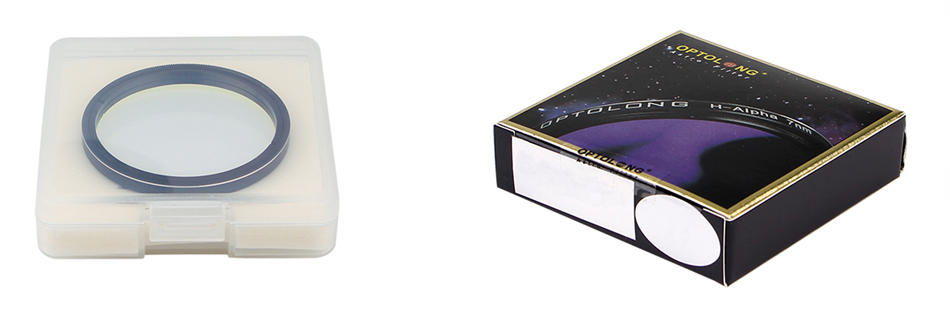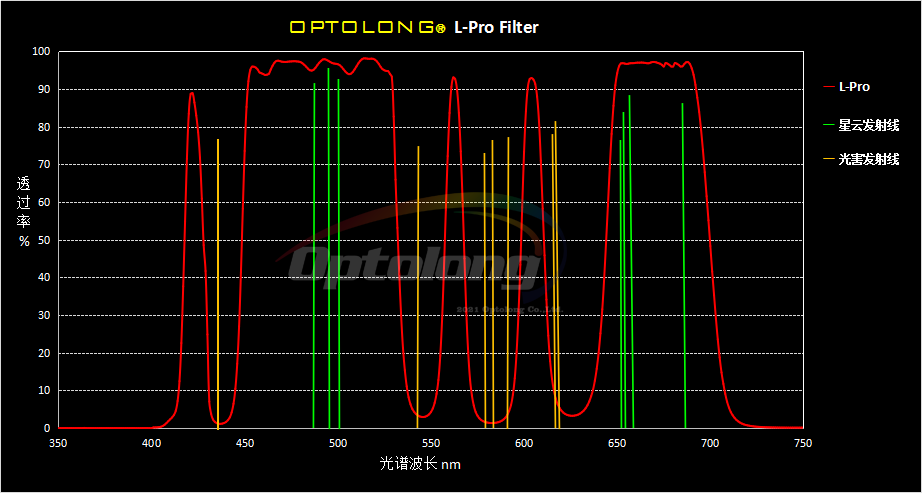Finally! I have had the chance to setup my telescope after moving from a Bortle 3 location into a Bortle 7-8 zone, I don’t see the night sky like I used to, the fainter objects I can no longer see, the Large and Small Magellanic Clouds are lost in the light pollution that surrounds me. However, all is not lost! Even though I have lost so much viewing, what can I use to give me something that will give me close to what I was able to see at my old Bortle 3 zone?
One solution, is to pack my telescope gear into my car and head to a dark sky site which will offer me something like what I was used to, however there is a lot of work involved in doing that, I don’t enjoy the length process of unpacking repacking my gear and I also run the risk of my gear being damaged every time I disassemble it.
So I would prefer to image from my backyard where everything is set up and all I have to do is carry the telescope rig out into the middle of my backyard, run one solitary power line to it and without too much fuss have it all ready to image within 10 minutes. In order to do that I need to look at using a light pollution filter.
I have had the chance to use the Optolong L’Pro filter now for a little while, in amongst some cloudy nights, the filter allows me to experience the same conditions I had in my original Borte 3 location with incredible viewing and imaging.
So here is some technical information about the filter.
The Optolong L’Pro is a multiband filter that reduces light pollution and gives you a very good white balance.
There are other filters by Optolong as well which I will critique in future reviews such as the CLS, UHC, L-eNhance, L-eXtreme these are very effective in increasing the contrast of emission nebula, but when it comes to viewing galaxies, Globular Clusters and Reflection Nebula they are quite ineffective.
The L’Pro works as a universal light pollution filter and its focus is on cutting off the main light pollution wavelengths of mercury vapour lamps, High and low pressure sodium lights and the natural light caused by oxygen emission in our atmosphere (which we really do not want to capture during our imaging).
The L’Pro filter does not eliminate the effects of light pollution or increase the object’s brightness however It does increase the contrast between nebulae and night sky.
The L’Pro captures nebulae transmission lines emit at
H-alpha: 656nm
H-beta: 486nm
OIII: 496 and 500nm
NII: 654 and 658nm
SII: 672nm
These five transmission bands give you optimal colour balance.
And YES the L’Pro can be used for both visual and astrophotography use.
The L’Pro filter also incorporates an IR/UV Cut filter that is necessary in astrophotography, especially for cameras that are sensitive to infrared radiation.
The filter is ultra-thin, so it is ideal for those of you who wish to use filter wheels.
The coating on the glass is anti-reflective, the cell is made of aerometal material and is CNC machined, sand blasted, black anodised and laser engraved.
 Finally here is an image that was taken of the Horsehead Nebula region, one photo taken without a filter and the other filter with the L’Pro filter applied.
Finally here is an image that was taken of the Horsehead Nebula region, one photo taken without a filter and the other filter with the L’Pro filter applied.
There are of course many alternative light pollution filters that combat the overall light pollution problems, all of them do a fine job at it, however I keep coming back to the L’Pro filter because it wins as far as the amount of detail I am striving for.
If I had to give the filter a rating, I would rate it the highest possible rating and it give it a 5 out of 5.
Optics Central are currently selling the L’Pro filter in a 1.25 in and 2 inch size.
The 1.25inch version is $219
https://www.opticscentral.com.au/optolong-l-pro-filter-1-25-inch.html
and the 2 inch version is $259
https://www.opticscentral.com.au/optolong-l-pro-filter-2-inch.html



